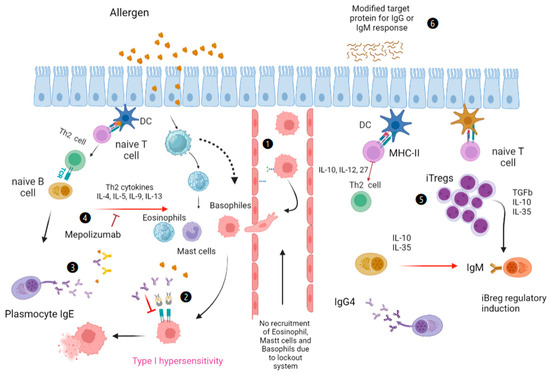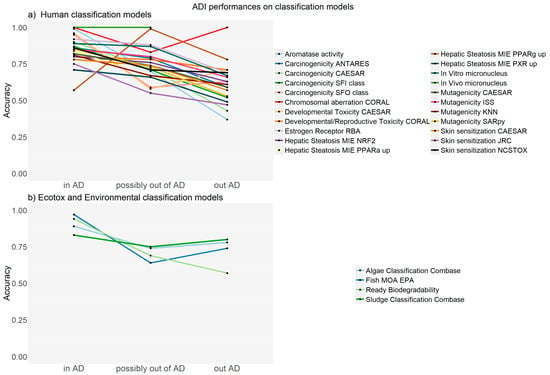Feature Papers in Molecular Informatics
A topical collection in International Journal of Molecular Sciences (ISSN 1422-0067). This collection belongs to the section "Molecular Informatics".
Viewed by 153212Editors
Interests: organic synthesis; computational chemistry; computer aided drug design; molecular modeling; computational studies of reaction mechanisms; molecular docking; QSAR; 1,3-dipolar cycloadditions
Special Issues, Collections and Topics in MDPI journals
2. Department of Drug Sciences, University of Catania, Catania, Italy
Interests: organic synthesis; computational chemistry; computer-aided drug design; gallium chelating agents; peptides chemistry
Special Issues, Collections and Topics in MDPI journals
Topical Collection Information
Dear Colleagues,
This Topical Collection “Feature Papers in Molecular Informatics” aims to collect high-quality research articles, short communications, and review articles in all the fields of molecular informatics applied to the understanding of the intricate world of biology and molecular research. We encourage the Editorial Board Members of the Molecular Informatics section of the International Journal of Molecular Sciences to contribute papers reflecting the latest progress in their research field and to invite relevant experts and colleagues to share their research. Topics of this collection include:
- Bioinformatics
- Cheminformatics
- Chemical reactivity indexes
- Coarse-grained models
- Computational models for photodynamic therapy
- Computational nanochemistry
- Computational studies of enzyme mechanisms
- Computational studies of reaction mechanisms
- Computer-aided drug design
- Density functional theory approaches
- Free-energy calculations
- Hybrid QM/MM studies and models
- Ligand–receptor interactions
- Modeling of reactions in confined spaces
- Molecular docking
- Molecular dynamics
- Molecular modeling
- QSAR and QSPR
- Quantum chemistry
- Virtual screening
Dr. Antonio Rescifina
Dr. Giuseppe Floresta
Collection Editors
Manuscript Submission Information
Manuscripts should be submitted online at www.mdpi.com by registering and logging in to this website. Once you are registered, click here to go to the submission form. Manuscripts can be submitted until the deadline. All submissions that pass pre-check are peer-reviewed. Accepted papers will be published continuously in the journal (as soon as accepted) and will be listed together on the collection website. Research articles, review articles as well as short communications are invited. For planned papers, a title and short abstract (about 250 words) can be sent to the Editorial Office for assessment.
Submitted manuscripts should not have been published previously, nor be under consideration for publication elsewhere (except conference proceedings papers). All manuscripts are thoroughly refereed through a single-blind peer-review process. A guide for authors and other relevant information for submission of manuscripts is available on the Instructions for Authors page. International Journal of Molecular Sciences is an international peer-reviewed open access semimonthly journal published by MDPI.
Please visit the Instructions for Authors page before submitting a manuscript. There is an Article Processing Charge (APC) for publication in this open access journal. For details about the APC please see here. Submitted papers should be well formatted and use good English. Authors may use MDPI's English editing service prior to publication or during author revisions.






















































